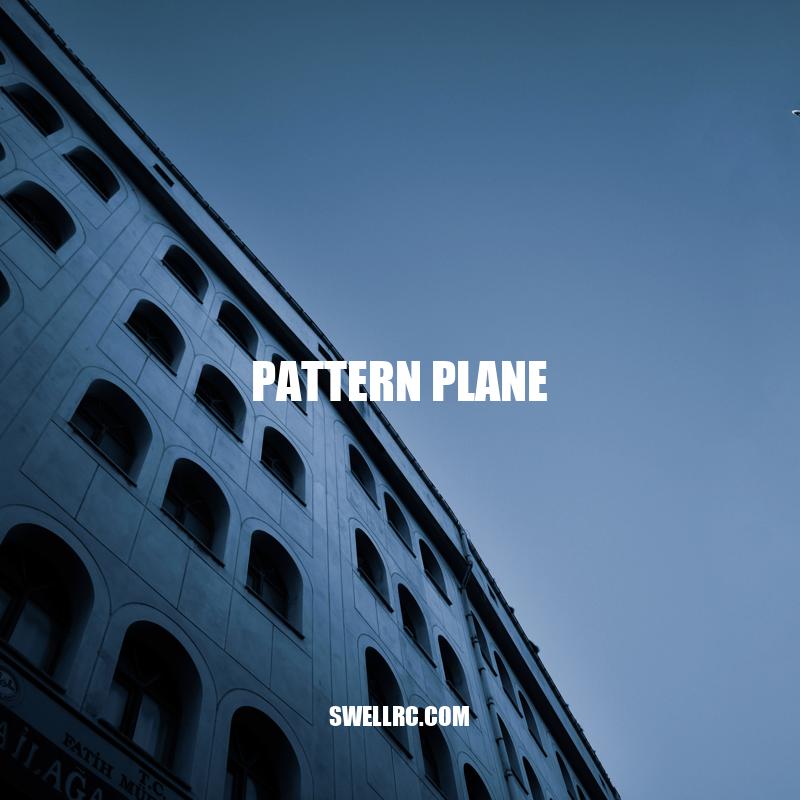Exploring Precision Aerobatic Flying with Pattern Planes
Pattern planes are a type of remote control (RC) plane that are designed for precision aerobatics. They’re popular among RC enthusiasts who are looking for a challenge. These planes are capable of executing a range of maneuvers, including loops, rolls, vertical lines, and other complex aerial moves that require a high level of skill and control. The designs of pattern planes are inspired by their full-scale competition aerobatic counterparts, which are flown by skilled pilots in airshows all around the world. In this article, we’ll take a closer look at pattern planes and why they’re so popular among RC enthusiasts.
Fast, Agile, and Competitive: The World of Pattern Planes
Pattern planes were first invented in the 1960s in the United States by a group of dedicated RC pilots. Since their inception, this hobby has grown in popularity and has become a competitive sport with international events held every year. Here are some interesting facts about pattern planes:
- They’re designed to be lightweight and highly maneuverable
- They’re typically around 60 inches in wingspan
- Most of the planes use two-stroke glow engines, but some newer models feature electric motors
- The planes are constructed from materials like balsa wood and carbon fiber
- The designs of pattern planes are often inspired by competitive aerobatic planes
- The planes require a high level of skill and control to fly safely and effectively
- Some well-known pattern plane designers include Don Szczur and Cliff Telford
If you’re interested in learning more about pattern planes or getting started in this hobby, there are many resources available online. Websites like RC Universe and RC Groups offer forums and discussions about pattern planes, as well as information about events and competitions. Additionally, you can find a range of pattern planes for sale on sites like Horizon Hobby and Tower Hobbies. With dedication and practice, you too could become skilled at flying pattern planes and executing impressive aerial maneuvers.
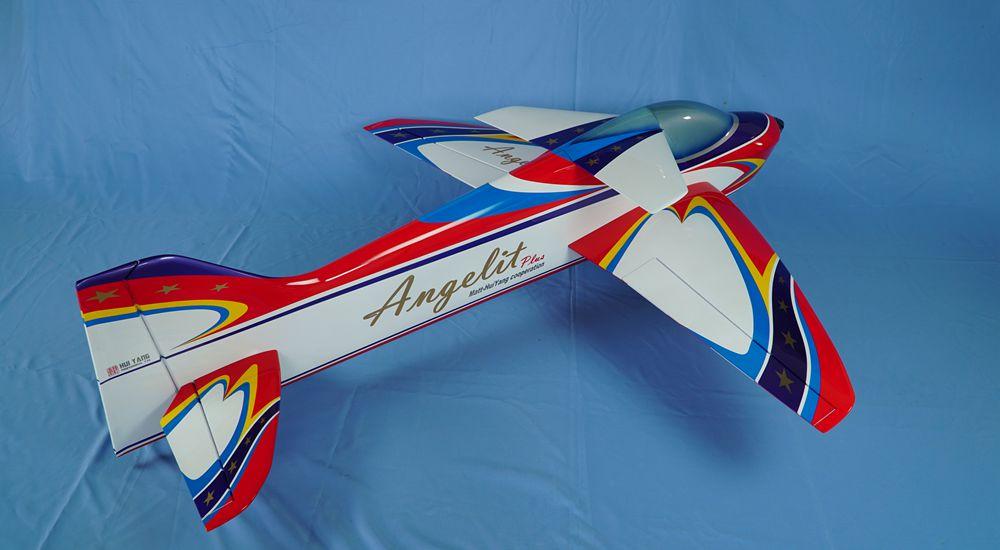
What resources are available online for learning more about pattern planes and getting started in the hobby?
There are various resources available online for learning more about pattern planes and getting started in the hobby, such as instructional videos on YouTube, forum discussions on RC Groups, and online articles on RC websites like FliteTest and Model Airplane News.
Lightweight, maneuverable pattern planes for precision flying.
Pattern planes are known for their lightweight construction and maneuverability. Typically made from balsa wood and carbon fiber, these planes are capable of executing a range of aerobatic maneuvers. Here are some features of pattern planes:
- Lightweight design
- Highly maneuverable
- Wingspans of around 60 inches
- Often feature two-stroke glow engines or electric motors
- Designed to be aerodynamic for precise control
- Inspired by competitive full-scale aerobatic planes
Below is a comparison table of popular pattern planes available on the market. The table includes information such as wingspan, engine size, and weight, to help you find a model that suits your needs.
| Name | Wingspan (inches) | Engine Size | Weight (lbs) |
|---|---|---|---|
| Hangar 9 Ultra Stick 30cc ARF | 81.5 | 30cc | 12.5 |
| Goldwing RC Yak 55M 50CC | 89.5 | 50cc | 19.8 |
| AJR Models Extra 260 SX | 78 | 96-105cc | 16 |
If you’re interested in purchasing a pattern plane, there are many options available online. Websites like Horizon Hobby and Tower Hobbies offer a range of models, as well as replacement parts and accessories. It’s important to choose a plane that matches your skill level and flying style, and to always prioritize safety when operating an RC plane.
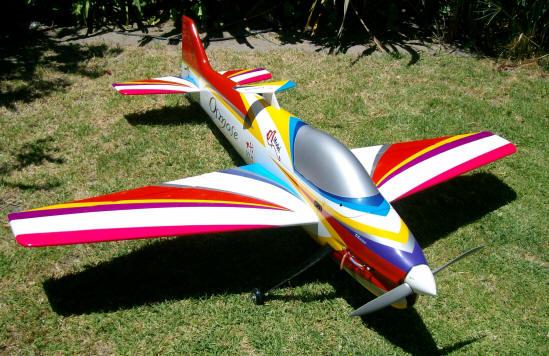
What are some popular pattern planes available on the market and what are their specifications?
Some popular pattern planes include:
1. Yak 54 – wingspan of 73-76 inches, weight of 10-12 pounds, and powered by a 50-70cc engine.
2. Extra 300 – wingspan of 78-86 inches, weight of 11-16 pounds, and powered by a 100-120cc engine.
3. Edge 540 – wingspan of 78-86 inches, weight of 11-16 pounds, and powered by a 100-120cc engine.
4. Slick 540 – wingspan of 70-75 inches, weight of 8-10 pounds, and powered by a 30-50cc engine.
These planes are designed for precision aerobatics and are built with high-quality materials to withstand the demands of advanced maneuvers.
Compete in Pattern Flying with IMAC and Join the World’s Best Pilots!
Competitive pattern flying is a popular activity among RC plane enthusiasts. The International Miniature Aerobatic Club (IMAC) is the governing body of pattern aerobatics and organizes various national and international events every year. Here are some interesting facts about competitive pattern flying:
- Pilots are judged based on precision, control, and creativity
- There are several categories and difficulty levels, allowing pilots of all skill levels to compete
- Judging is done by a group of experienced pilots who evaluate the pilots on their performance
- Some of the most successful pilots in the world of pattern flying include Quique Somenzini and Chip Hyde
If you’re interested in getting involved in competitive pattern flying, IMAC is a great resource for finding events near you. Additionally, some online communities – such as the RC Groups forums – offer discussion and advice for those looking to improve their flying skills.
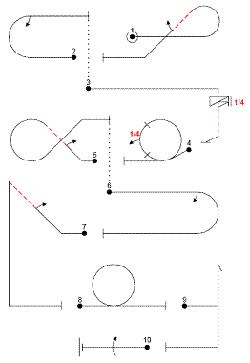
What categories and difficulty levels are available for competitive pattern flying?
Categories for competitive pattern flying include Sportsman, Intermediate, Advance, and Unlimited. Difficulty levels range from easy to extremely difficult, based on the level of the pilot’s skill and experience.
Tips for Mastering Pattern Planes
If you’re interested in flying pattern planes, here are some tips to help you get started:
- Start with a basic model and develop your skills gradually
- Practice regularly and seek advice from experienced pilots
- Join an RC flying club or find a community of like-minded enthusiasts. You can find local clubs and events through resources like the Academy of Model Aeronautics (AMA) website or the RC Universe forum
- Consider investing in a simulator – this allows you to practice without the risk of damaging your plane and is a great way to improve your skills
- Always prioritize safety – this includes using dual controls and kill switches, following local regulations, and being respectful of other pilots and spectators at the flying field
Remember, flying pattern planes and precision aerobatics take patience, practice, and dedication. But with time and effort, you can develop your skills and enjoy the thrill of executing those perfect loops, rolls, and spins.
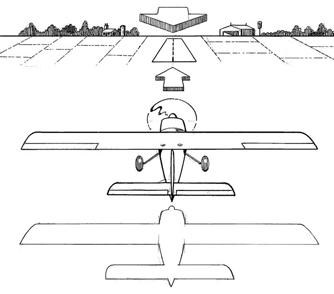
What resources can I use to find local RC flying clubs and events?
You can use resources such as the Academy of Model Aeronautics website, Meetup.com, and local hobby shops to find local RC flying clubs and events.
In conclusion, pattern planes continue to gain popularity among remote control (RC) enthusiasts who are looking for a challenging and rewarding hobby. From their invention in the 1960s to the international competitions of today, pattern planes have come a long way in terms of design and technology. Between online forums, flying clubs, and resources like the AMA website, there’s never been a better time to get involved in the RC community and start flying pattern planes.
As technology advances, we may see even more innovation in the world of precision aerobatics, with electric-powered models becoming more and more common. Regardless of the technology used, the core values of flying pattern planes remain the same: discipline, practice, and precision. Whether you’re a seasoned RC pilot or a newcomer to the hobby, flying pattern planes is a great way to challenge yourself and have fun in the process. So if you’re looking for a new adventure in the world of RC flying, why not give pattern planes a try?

